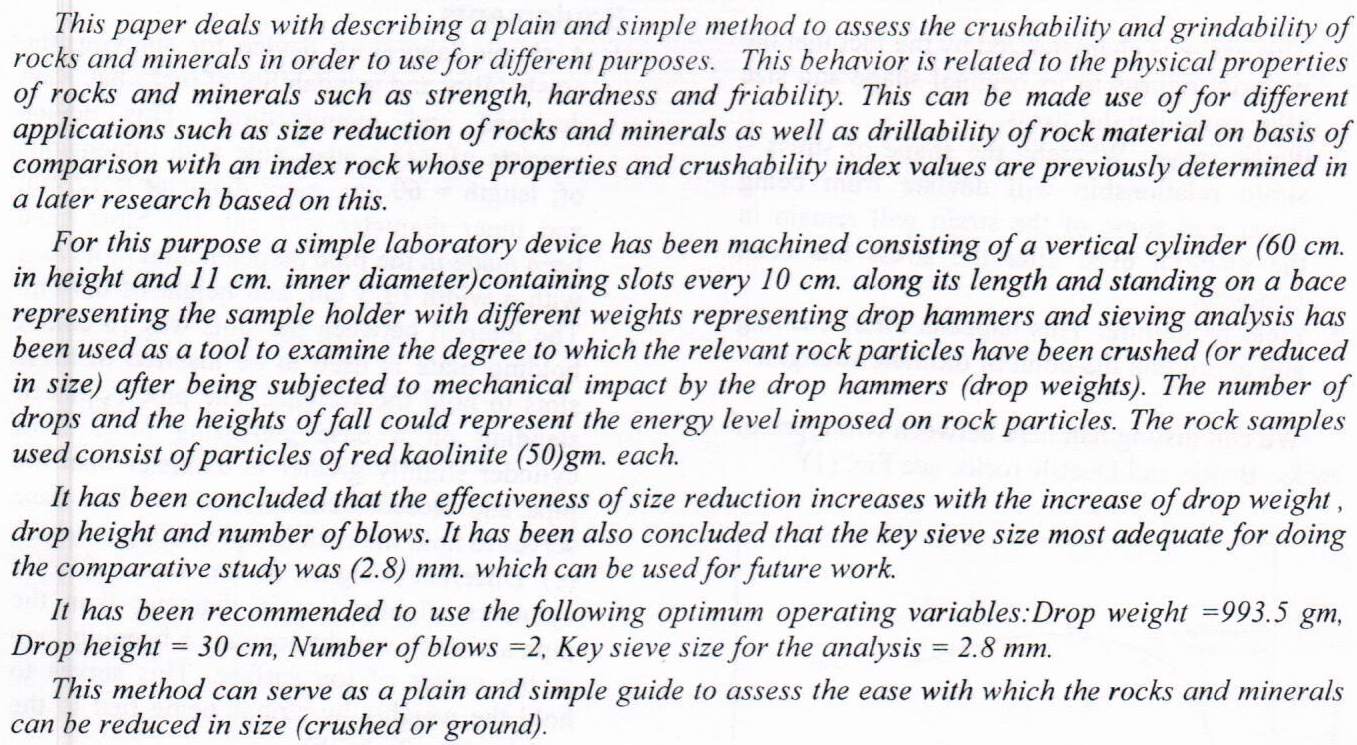
Polymeric hollow fiber membrane is produced by a physical process called wet or dry/wet phase inversion; a technique includes many steps and depends on different factors (starting from selecting materials, end with post-treatment of hollow fiber membrane locally manufactured). This review highlights the most significant factors that affect and control the characterization and structure of ultrafiltration hollow fiber membranes used in different applications. Three different types of polymers (polysulfone PSF, polyethersulfone PES or polyvinyl chloride PVC) were considered to study morphology change and structure of hollow fiber membranes in this review. These hollow fiber membranes were manufactured with different proce
... Show MoreThe UV−VIS absorption spectroscopy technique was used to study the formation of a new complex of charge transfer (CT) between bioactive organic molecules as (Nystatin) containing both a π-electrons from a conjugated system and lone-pair of electrons (amine) with Tetrachloro-1,4 benzoquinone (TCBQ) as a π-acceptor in which the transferred electron goes into its vacant anti-bonding molecular orbitals. The Tyrian purple-colored complex formed was quantitatively measured at 544 nm. This complex shows obeying Beer's law within the concentration range of (10-90) μg.ml-1The stoichiometry of the formed complex between the (Nys.) and (TCBQ) was found 1:2 as evaluated by continuous variation (Job's method) and mole ratio method The value of mola
... Show MoreNanofluids, liquid suspensions of nanoparticles (NPs) dispersed in deionized (DI) water, brine, or surfactant micelles, have become a promising solution for many industrial applications including enhanced oil recovery (EOR) and carbon geostorage. At ambient conditions, nanoparticles can effectively alter the wettability of the strongly oil-wet rocks to water-wet. However, the reservoir conditions present the greatest challenge for the success of this application at the field scale. In this work, the performance of anionic surfactant-silica nanoparticle formulation on wettability alteration of oil-wet carbonate surface at reservoir conditions was investigated. A high-pressure temperature vessel was used to apply nano-modification of oil-wet
... Show More (45)
(45)
 (20)
(20)
In this article, a numerical method integrated with statistical data simulation technique is introduced to solve a nonlinear system of ordinary differential equations with multiple random variable coefficients. The utilization of Monte Carlo simulation with central divided difference formula of finite difference (FD) method is repeated n times to simulate values of the variable coefficients as random sampling instead being limited as real values with respect to time. The mean of the n final solutions via this integrated technique, named in short as mean Monte Carlo finite difference (MMCFD) method, represents the final solution of the system. This method is proposed for the first time to calculate the numerical solution obtained fo
... Show More (15)
(15)
 (10)
(10)
Background: Legionella pneumophila (L. pneumophila) is gram-negative bacterium, which causes Legionnaires’ disease as well as Pontiac fever. Objective: To determine the frequency of Legionella pneumophila in pneumonic patients, to determine the clinical utility of diagnosing Legionella pneumonia by urinary antigen testing (LPUAT) in terms of sensitivity and specificity, to compares the results obtained from patients by urinary antigen test with q Real Time PCR (RT PCR) using serum samples and to determine the frequency of serogroup 1 and other serogroups of L. pneumophila. Methods: A total of 100 pneumonic patients (community acquired pneumonia) were enrolled in this study during a period between October 2016 to April 2017; 92 sam
... Show More (1)
(1)
 (1)
(1)
The researcher aims to Diagnose the reality of research variables, strategic leadership and decision support systems, and their impact on crisis management in the General Company for Steel Industries because of their important role in preventing crises and reducing their occurrence for the research company in particular and other companies in general affiliated with the Ministry of Industry and Minerals, as well as clarifying theoretical concepts of research variables As it included the answer to questions related to the research problem, including (Is there an impact of the strategic leadership in managing crises if decision support systems are used), and the researcher adopted the descriptive and analytical approach in its comp
... Show More (1)
(1)
Knowledge of permeability is critical for developing an effective reservoir description. Permeability data may be calculated from well tests, cores and logs. Normally, using well log data to derive estimates of permeability is the lowest cost method. This paper will focus on the evaluation of formation permeability in un-cored intervals for Abughirab field/Asmari reservoir in Iraq from core and well log data. Hydraulic flow unit (HFU) concept is strongly related to the flow zone indicator (FZI) which is a function of the reservoir quality index (RQI). Both measures are based on porosity and permeability of cores. It is assumed that samples with similar FZI values belong to the same HFU. A generated method is also used to calculate permea
... Show MoreThe H-Point Standard Addition Method (H-PSAM) has been applied for spectrophotometric simultaneous determination of Cimetidine and Erythromycin ethylsuccinate using Bromothymol Blue (BTB) as a chromogenic complexing agent in a buffer solution at pH 5.5.
